3...2...1...UP! A technical breakdown of the bench press hand-off in powerlifting.
by Daniel Remulla
3…2…1… UP!
A TECHNICAL BREAKDOWN OF THE BENCH PRESS HAND-OFF IN POWERLIFTING
The bench press – an ultimate test of strength and one of the standard measures of masculinity and physical prowess in the gym and on the streets. Whether you’re a powerlifter, an athlete or a fitness enthusiast we’ve all benched and we can all appreciate a solid bench attempt both in the gym and on the platform.

Toronto Pro Show | June 2017
Photo by Loaded Bar Collective - Carlo Torres
Can you recollect the last time you hit a big bench PR, a weight you’ve had in the forefront of your conscious every waking moment of your life, or a weight you’ve been training tirelessly to achieve? Remember how invigorating it felt; the surge of excitement and relief knowing the culmination of training has finally come to fruition? Nothing quite beats it in my opinion, especially for the bench press where progress and gains come at a snail pace. However, do you remember the hand-off you received (if any) for that attempt? Do you recall how the bar felt in your hands when your spotter handed you your ticket to PR city? Most powerlifters don’t remember and often neglect to acknowledge the spotter that blessed them with a PR breaking hand-off, a role I’ve coined as the “man behind the bar”.
The hand-off in a powerlifting specific bench press is a crucial tool and if done properly can be a big game changer in a supra-maximal bench press attempt. Its purpose is to assist the bencher with lifting the bar from a mechanically disadvantageous position on the rack, thus conserving valuable energy, increasing overall stability and providing an optimal scenario for success. Over the 6 years of my competitive powerlifting career, I’ve come to realize the importance of a solid hand-off both in competition and in training. I’ve developed a preferred hand-off technique and procedure that allows me to easily convey it to just about anyone. Whether it be an experienced or inexperienced teammate, training partner, an individual on the platform crew or a complete stranger. This gives me the peace of mind and confidence knowing that I can comfortably handle maximal & supra-maximal loads.
In this article I’ll take you through an in-depth look into the hand-off as I discuss my views around variability in the competition bench press and how to control them, the key components of the hand-off and tips on how to be the “man behind the bar”.
MANAGING VARIABILITY
Considered to be the most multivariate movement in powerlifting, the bench press can be difficult to train for and master. On the platform the bencher has to constantly adapt to 2 variables:
- Commands: the bench press has 3 commands, “start”, “press” and “rack” which is more than those given during the squat and deadlift. These commands can vary in duration from meet to meet, depending on the referee and the lifter. If ill prepared, this amount of variability can work against the lifter.
- The hand-off: if you compete under an IPF affiliation you will never get to choose who you receive a hand-off from as it will always come from a volunteer on the platform crew. Similar to the variability of commands and referees, you will almost certainly have a different “man behind the bar” each meet you compete in. The unfamiliarity of the individual on the platform crew can be nerve-racking for the lifter and could potentially make or break their bench press attempts.
When attempting a bench press, you want to eliminate as much variability as possible and ensure you have maximum control over your attempt. If you have more control of the situation and can anticipate in advance each possible scenario, your probability of success will be significantly higher. So how do you accomplish this when you have zero control over which chief referee and platform volunteer you get at your meet? Simple, you plan in advance.
Let’s say you end up with a notoriously strict head referee, someone who will not hesitate to make you hold the bar to your chest for what seems like eternity. Are they actually strict or are they just abiding by the rulebook? Referees must witness a multitude of pre-requisite actions before giving any of the three commands, including but not limited to the following:
- The lifter is “locked-out”, which means their elbows are extended to straight arm’s length (during commencement and completion of the lift)
- Three contact points (head, buttocks and feet) must be in full contact with the floor/bench and must remain unchanged throughout the duration of the lift
- The bar must touch the lifter’s chest and remain motionless until the “press” command
To ensure you get the fastest possible commands, it is imperative to practice the pre-requisite actions during training. It is sometimes recommended to have your teammates and/or training partners ensure legitimacy by giving you the competition style commands for your training sets. Another way to plan in advance is to plan for the worst, and by that I mean accept that you may get a 3+ second pause on your chest regardless of how motionless the bar is. You can manage this by training with longer pauses so you become accustomed to handling maximal loads under these conditions. Consequently, if you receive a faster than anticipated “press” command you’ll be able to blow that bar right to the roof!
During the bench press segment of a powerlifting meet, it is generally safe to assume that the hand-off role will likely go to a platform crew member with some form of previous experience. However, it would be foolish and irresponsible of you to assume that they would know exactly how you like your hand-off without a brief explanation prior to your attempt. To account for this, make sure you march right up to him/her when the bar is loaded and take the time to precisely explain how you want your hand-off. With practice, your instructions should be brief, straight to the point and easy to follow. I find that with the right instructions anyone is capable of giving you your preferred hand-off regardless of experience. Here is an example of how I like to explain my preferred hand-off:
Count down from 3, when I say “up” you’re going to lift-off lightly and help me guide the bar out to just above my chest. When I say “release” you’re going to slowly and gently let go.
These instructions take me no more than 10 seconds to say and contains enough information for the platform crew member to execute my preferred hand-off.
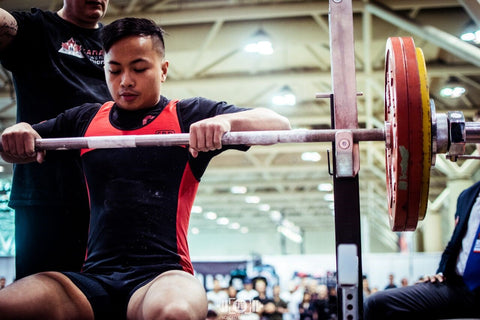 Toronto Pro Super Show | June 2017
Toronto Pro Super Show | June 2017
Photo by Loaded Bar Collective - Carlo Torres
THE KEY COMPONENTS OF THE HAND-OFF
- The initial cue(s): whether it be a countdown/up, a head nod, a deep breath or a simple “up”, this initiating cue synchronizes the lifter with the platform crew member and sets the premise of the actions that follow. Not communicating some form of cue to indicate that you are ready can confuse the platform crew member providing the hand-off and can result in a disastrous lift. So make sure you emphasize how you’re going to inform them that you’re set up and ready to go.
- The lift-off: the most subjective component of the hand-off that will vary from lifter to lifter. It directs the platform crew member to lift up a certain amount of weight off the racks to help reduce the strain on the lifter’s shoulders and triceps. There is a varying spectrum that ranges from lifting little to no weight for the lifter to taking as much weight as possible. Depending on a lifter’s preference, they can instruct their preferred lift by saying key words such as “take a little”, “lightly lift-off”, “gently lift-off”, “take all of it”, or “take half of it”.
- The guide out: every lifter’s guide out will vary in distance with respect to where they set up on the bench and where they want the bar to sit relative to their chest. For instance, if the platform crew member guides the bar too far out, placing the bar parallel to the lifters lower chest when they prefer it sit parallel to their upper chest, this forces the lifter to use extra energy to realign their bar and can cause unnecessary pressure on their shoulders and scapular stabilizers. So, if you have a preference on how far out your bar should be guided, never hesitate to inform the platform crew member.
- The “release” cue: the most underutilized component of the hand-off. Although it is not necessary, the “release” cue informs the platform crew member that they have done their job of successfully transferring the full weight of the bar to the lifter. The cue also informs them to promptly move out of the away so that the next phase of the lift can begin.
THE MAN BEHIND THE BAR
Powerlifting has grown to be a community based sport run by volunteers and powerlifters alike. Always keep in mind that the “man behind the bar” is strictly a volunteer role filled by advocates who love the sport and want to give back. As such I urge everyone involved in powerlifting to challenge the role and strive to deliver the best quality hand-off each lifter deserves. Yes, it is a daunting role to have but the satisfaction of witnessing lifters break their personal records with your help is a worthy sentiment. Here are some tips on how to give the most impeccable hand-offs as “the man behind the bar”:

Open/Masters Provincial Championships | November 2017
Photo by Loaded Bar Collective - Carlo Torres
- Practice, practice, practice: be sure to practice giving out hand-offs to your teammates and training partners during your training sessions. It is important to understand the components of the hand-off and the impact they can have on different lifters, including your training partners. By practicing, you also build the confidence to perform the task to the best of your ability.
- Always ask: you would be surprised to see how many lifters forget to provide instructions with regards to their preferred hand-off let alone have any instructions. They are often too focused to remember or just assume that you already know, regardless don’t be afraid to ask. The more information and instruction you retrieve the better hand-off you’ll be able to provide.
- Let them setup: do not stand on the bench steps until the lifter has completed their setup (unless they ask you to). If you do, you may be obstructing their vision of the bar and you may potentially ruin their setup ritual. Some lifters may inform you when they are ready for your assistance in which case you can assume your position on the steps, but if they don’t you can always look for physical cues that indicate their readiness i.e. their hands are positioned around the bar, their feet are firmly planted on ground and their shoulders and buttocks are steadily positioned on bench.
-
Hand positioning: try to place your hands in a position that will allow you to comfortably lift up the bar but limit any interference to the lifer’s set up. Hand grip will vary depending on your size and strength but most hand-offs are executed with a double overhand grip. However, when loads become excessively heavy for the individual providing a hand-off they can always be performed with a mixed grip instead.
- Get out of the way…FAST: once you complete the hand-off, promptly move away from the bench to give the chief referee full visual of the platform and lifter. The longer you take to get out the way, the longer the lifter has to wait with the load in their hands before they receive the start command, which can increase the likelihood of their failure. Be aware as to where the referees are sitting so you can position yourself away from their line of sight when you step back and away from the bench.
- “Light weight” hand-offs: Unless the lifter tells you otherwise, be gentle and cognizant of your hand-off for weights that are seemingly easy for you to hand-off. More often than necessary, individuals lift up too much weight, due to the weight being “so light”, which in turn causes them to unintentionally lift the lifter’s shoulders and arms out of position, throwing off their entire lift.
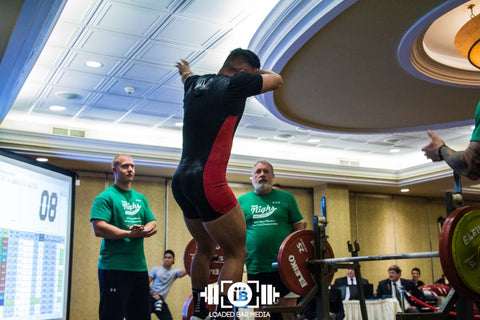 Open/Masters Provincial Championships | November 2016
Open/Masters Provincial Championships | November 2016
Photo by Loaded Bar Collective - Carlo Torres
Working towards a bench press personal record can be a daunting task, especially with a plethora of uncontrollable variables in the way. Planning ahead, controlling for the variables and using the hand-off to your advantage are just some of the ways to significantly increase your chances at successful bench attempt. Now that you have a new found appreciation for the hand-off practice giving them out to your training partners so you can give back to the powerlifting community and take part in meets as “the man behind the bar”.


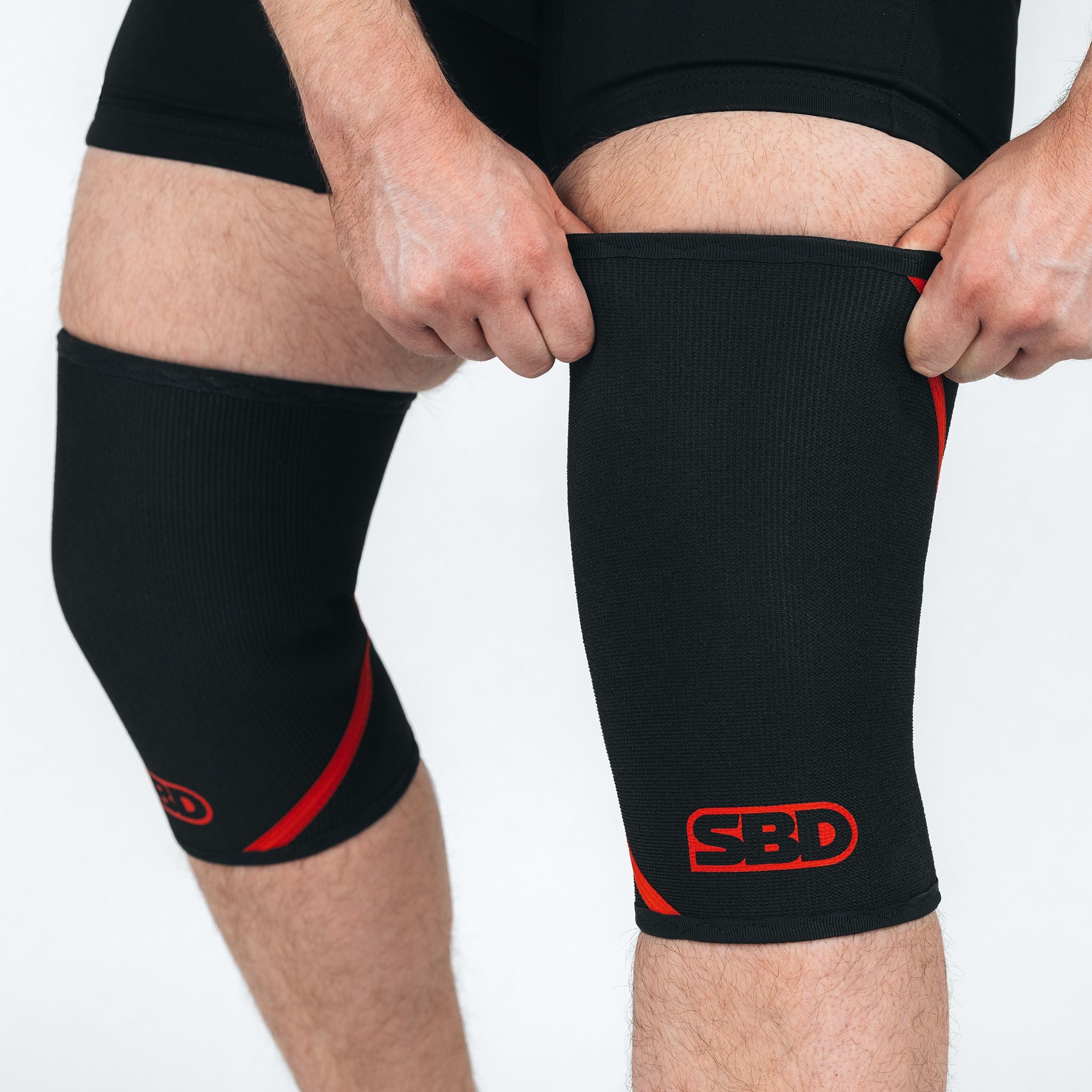
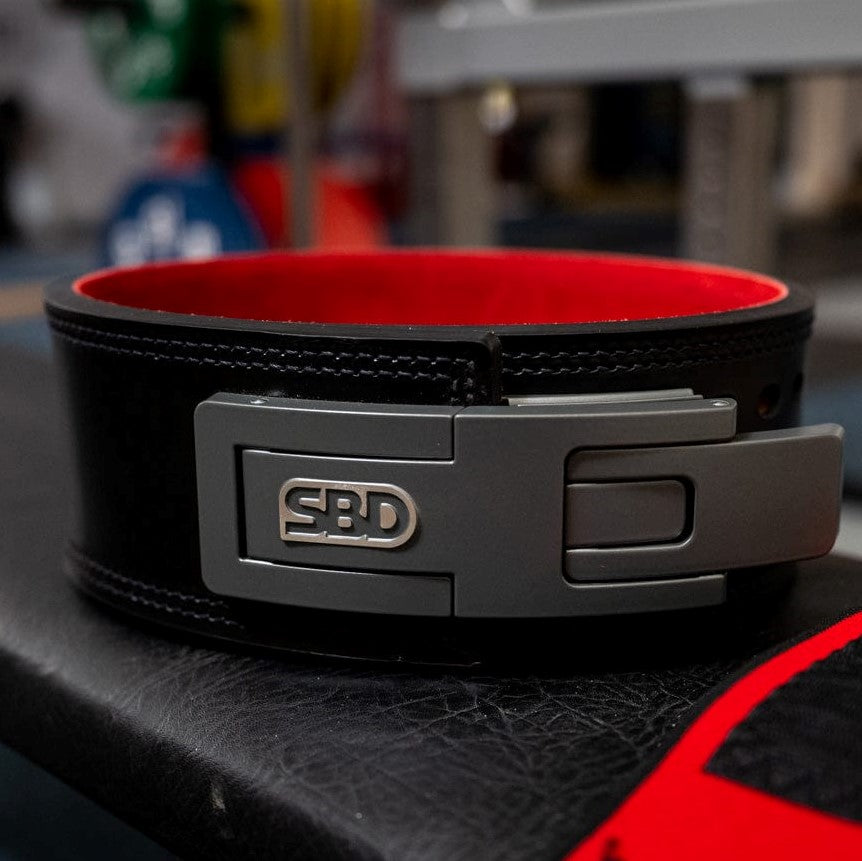


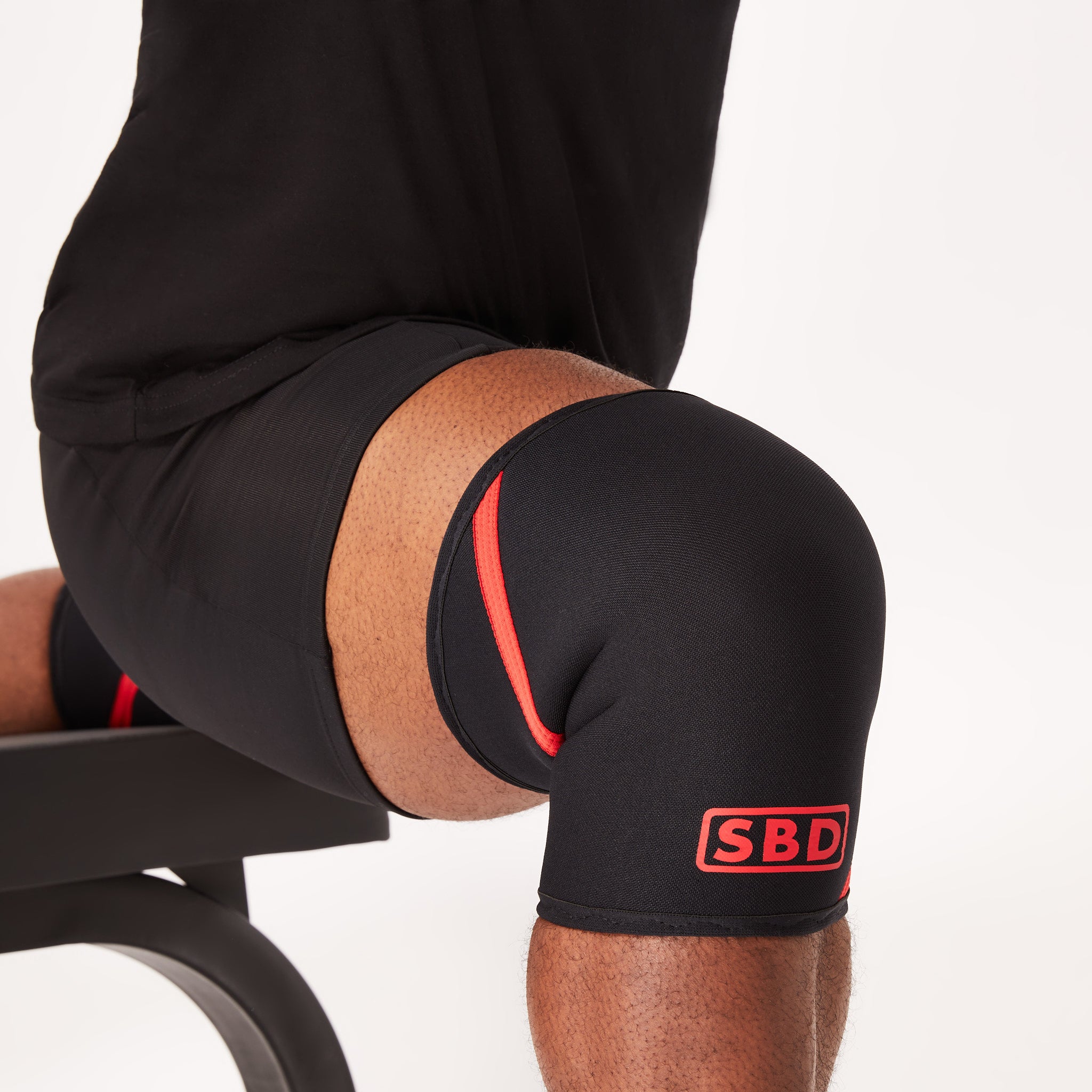

 Toronto Pro Super Show | June 2017
Toronto Pro Super Show | June 2017
 Open/Masters Provincial Championships | November 2016
Open/Masters Provincial Championships | November 2016